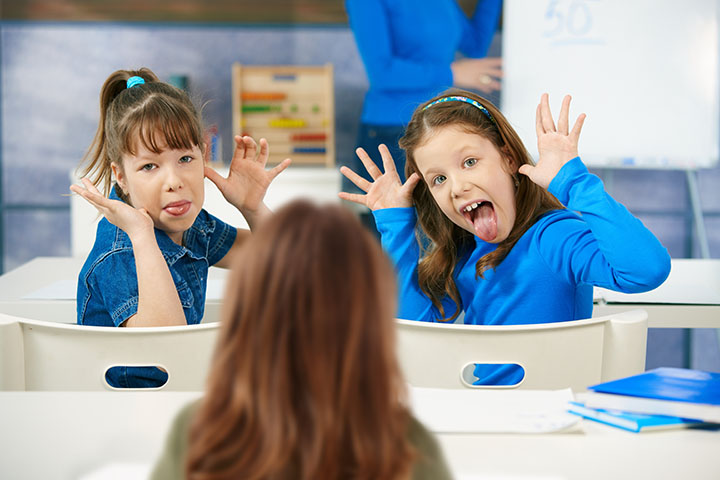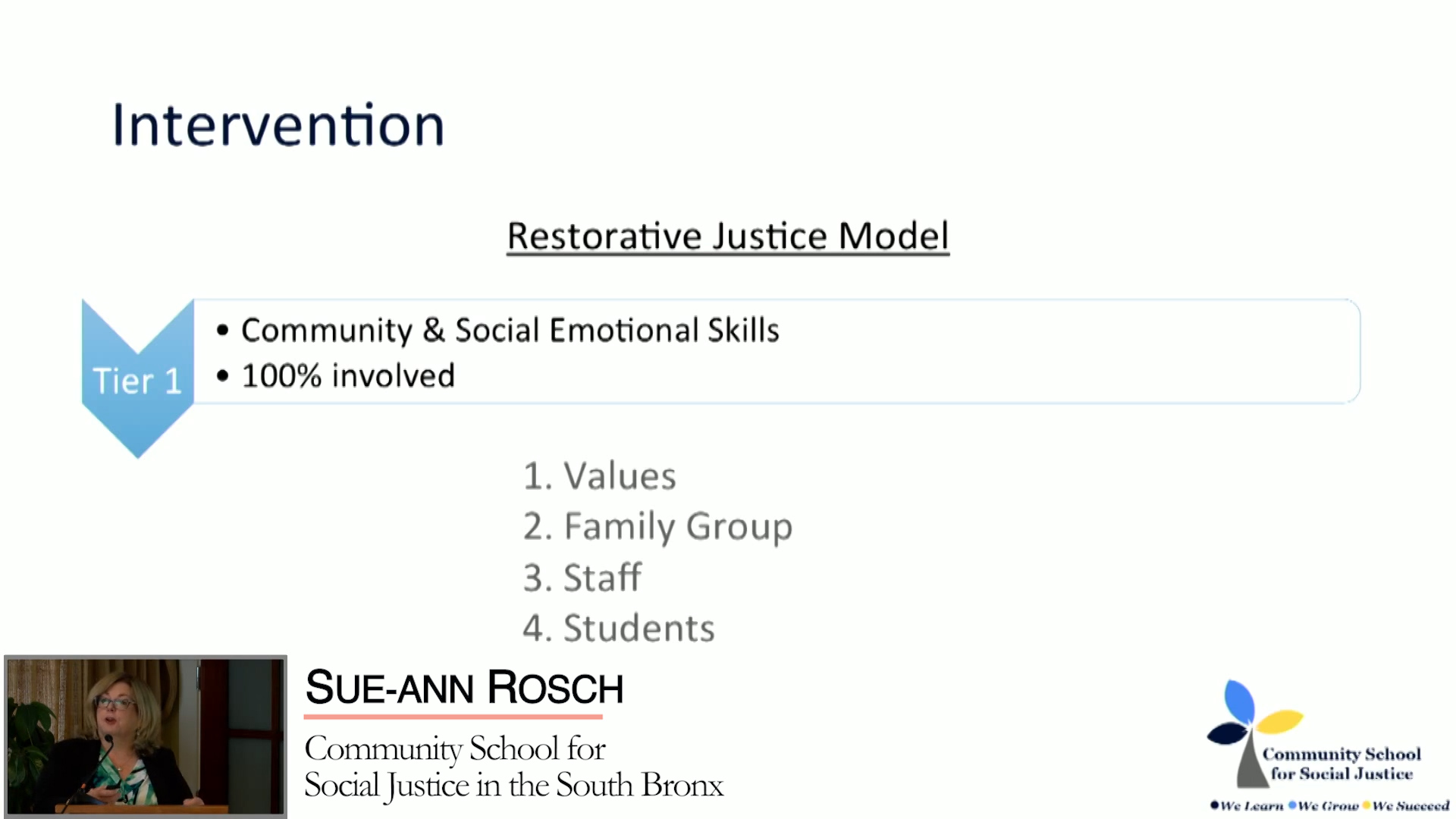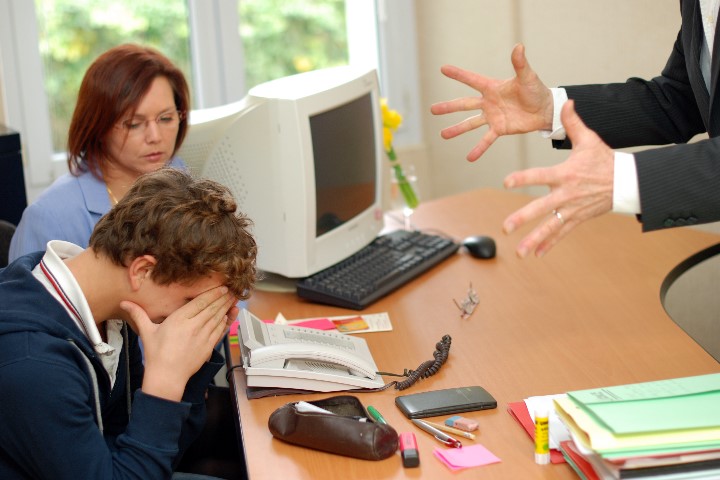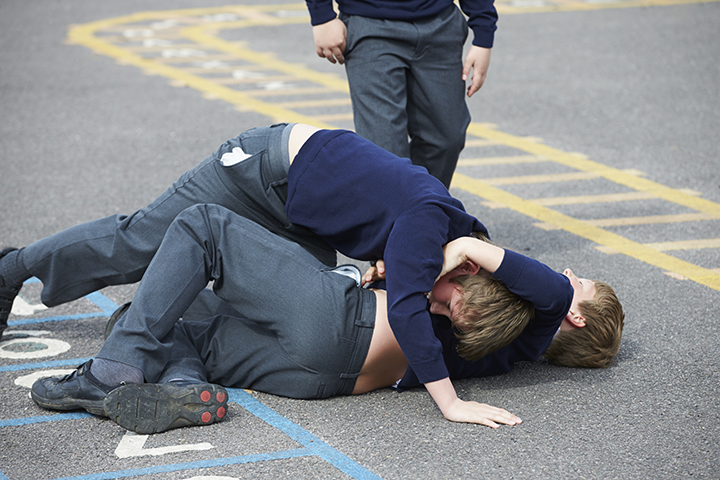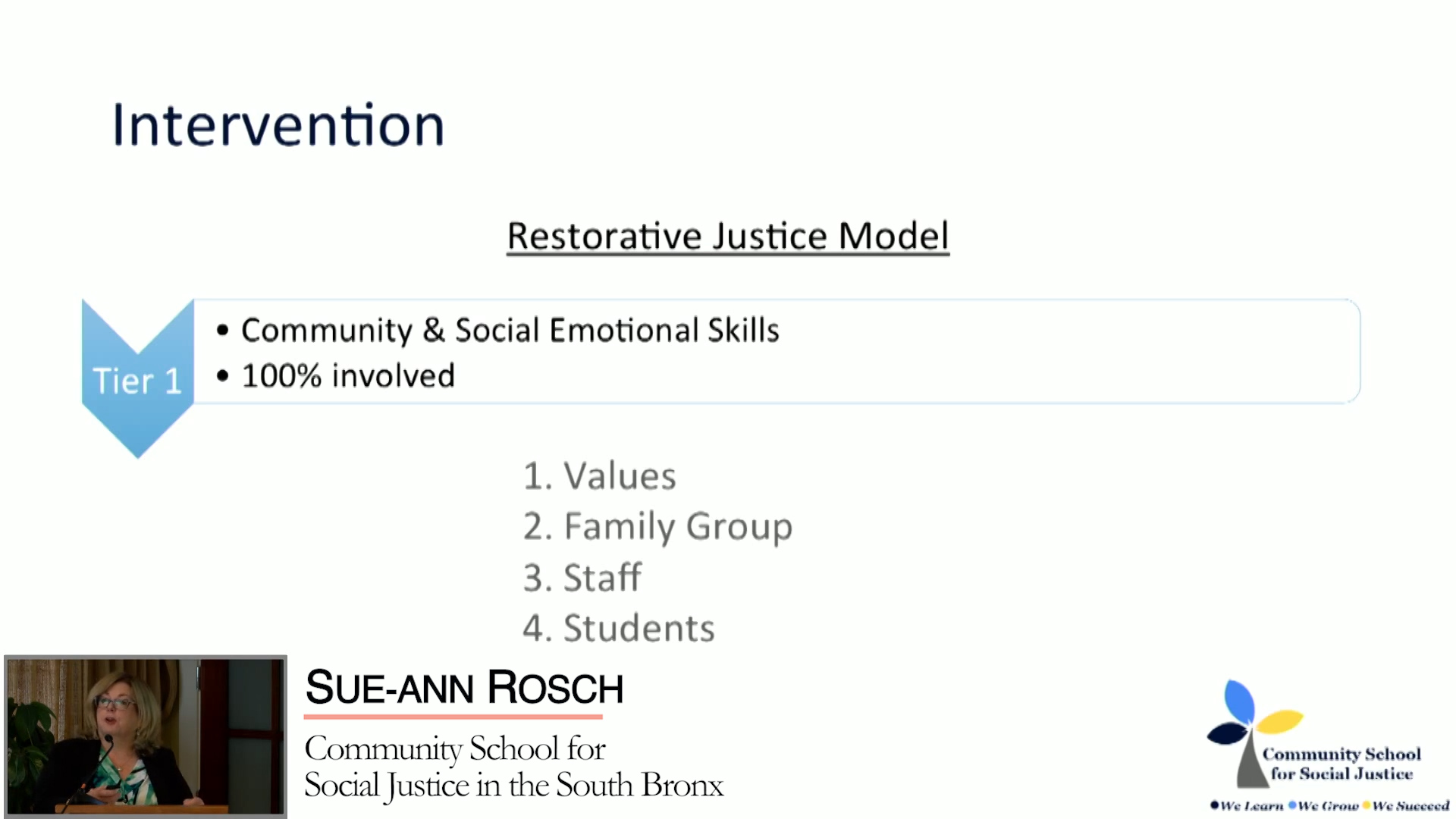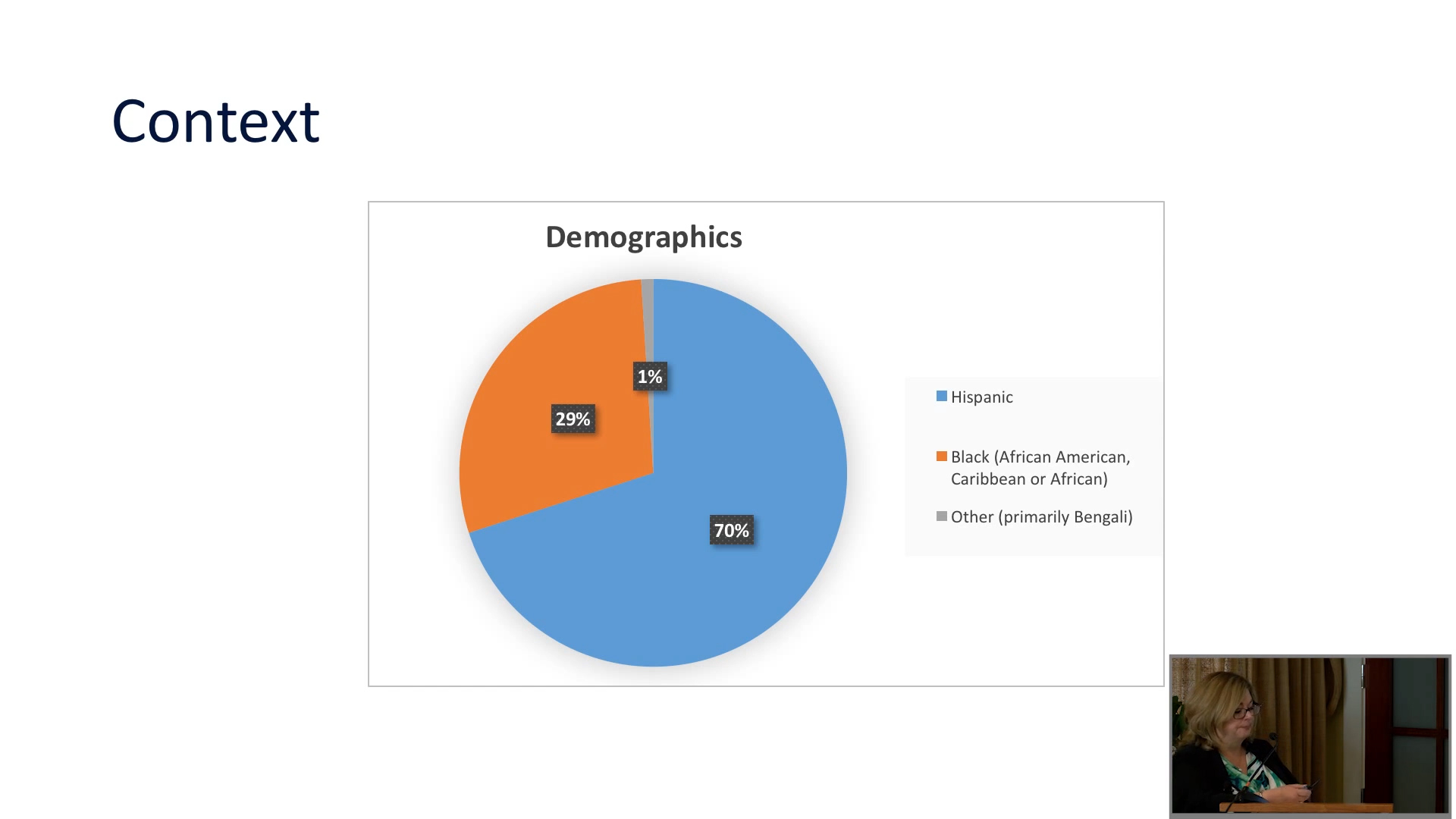A restorative practices program at McDougle Middle School in North Carolina has resulted in a 74% drop in major discipline referrals. That has convinced Chapel Hill-Carrboro City Schools to take the approach in all of their schools.
Language arts teacher Stephen Rayfield and behavior and academic support specialist Wendy York started talking to each other about restorative practices about five years ago, when McDougle had a higher number of in-school suspensions than administrators liked. They talked Principal Robert Bales into sending them to Bethlehem, Pennsylvania, to the International Institute of Restorative Practices graduate school.
Rayfield told the Durham, NC, Herald-Sun that restorative practices draw from Native American and African traditions. “A big part is restorative circles,” he said, “where the wronged and accused come together to discuss how to deal with an offense, or where a whole class can get together to discuss something.”
York said the focus becomes relationships, not punishment or who’s right or wrong. “Now when you’re called down to the discipline office, you’re called down for a conversation” about what happened, who’s been affected, and how to make it right.
As students have become accustomed to the circles, they have asked for particular problems to be addressed. Three years ago, for example, a Latina student who grew tired of hearing slurs asked for a circle to discuss the problem.
McDougle started small but smart—using their “shoestring budget” to send two passionate leaders to learn the system. Restorative practices take time to learn, and after five years of growth, now other schools are ready to begin.
James Davison Hunter, founder of the Institute for Advanced Studies in Culture at the University of Virginia, notes in The Tragedy of Moral Education in America that “The components of morality are expressed in a community’s institutions, including its moral rules.” Hunter continued, “When it functions well, our moral culture binds us, compels us, in ways of which we are not fully aware.”
Restorative practices reform teachers’ and students’ expectations. Students know that they must both listen and speak and that the offender bears responsibility for making amends. The moral culture is starting to compel them in powerful ways.
The International Institute for Restorative Practices in Bethlehem, Pennsylvania, is the world’s leading provider of professional development, conferences, and symposia in the field of restorative practices. They offer graduate degrees and certificates, continuing education, and trainer licensing programs.

